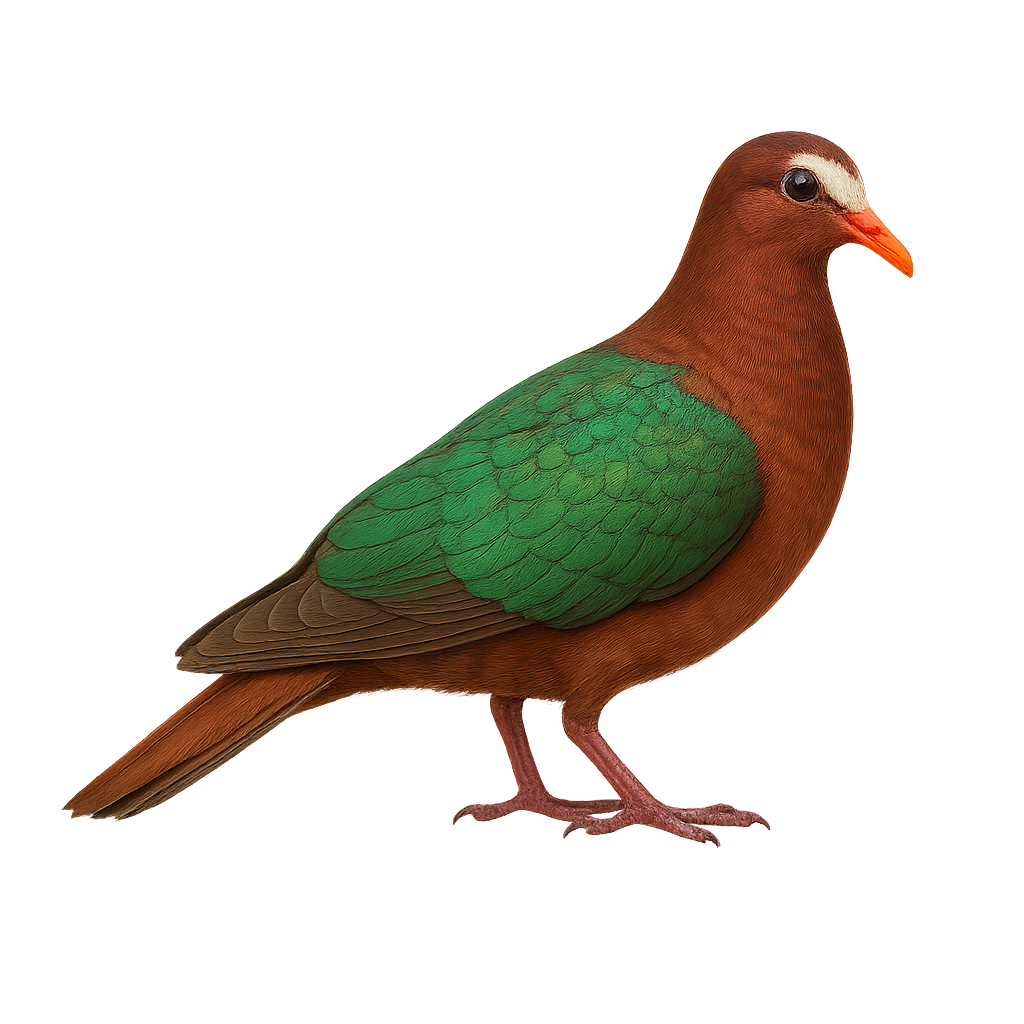Your wildlife photography guide.
Explore the stephens's emerald dove in detail, study its behavior, prepare your shots.
Where to observe and photograph the stephens's emerald dove in the wild
Learn where and when to spot the stephens's emerald dove in the wild, how to identify the species based on distinctive features, and what natural environments it inhabits. The WildlifePhotographer app offers tailored photography tips that reflect the stephens's emerald dove’s behavior, helping you capture better wildlife images. Explore the full species profile for key information including description, habitat, active periods, and approach techniques.
Stephens's Emerald Dove
Scientific name: Chalcophaps stephani

IUCN Status: Least Concern
Family: COLUMBIDAE
Group: Birds
Sensitivity to human approach: Suspicious
Minimum approach distance: 10 m
Courtship display: October to November
Incubation: 14-16 jours
Hatchings: October to December
Habitat:
tropical rainforests, mangroves, wooded areas
Activity period :
Primarily active during the day, with peak activity in the morning and late afternoon.
Identification and description:
The Stephens's Emerald Dove, or Chalcophaps stephani, is a medium-sized pigeon known for its striking plumage with shades of emerald green. It primarily inhabits the tropical rainforests of Southeast Asia and Australia. Its bright red beak and pink legs contrast with its green and brown body, creating a stunning visual display. Often seen alone or in small groups, it feeds on seeds and fallen fruits. Although its flight is fast and direct, it prefers to walk on the forest floor in search of food. This species is generally discreet, blending into its environment with its camouflaged plumage.
Recommended lens:
400 mm – adjust based on distance, desired framing (portrait or habitat), and approach conditions.
Photography tips:
To photograph the Stephens's Emerald Dove, it is advisable to use a 400mm or longer telephoto lens to capture detailed images without disturbing it. Look for it early in the morning or late in the afternoon when it is more active. Be patient and discreet, as it is suspicious and blends easily into its environment. Use a tripod to stabilize your camera and adjust the ISO settings to compensate for the low light under the dense canopy.
The WildlifePhotographer App is coming soon!
Be the first to explore the best nature spots, track rutting seasons, log your observations, and observe more wildlife.
Already 1 432 wildlife lovers subscribed worldwide

